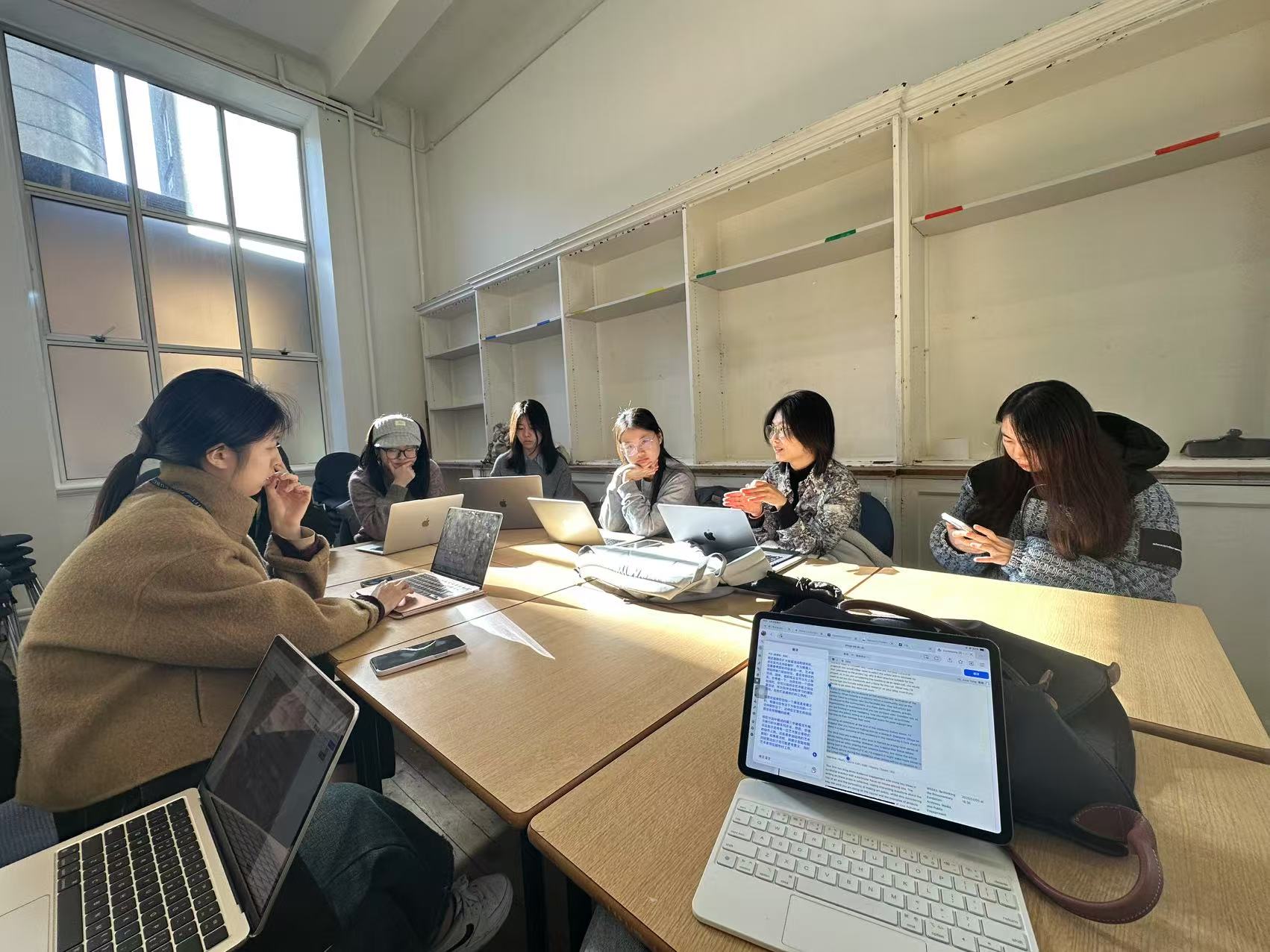On Saturday, we held an in-depth curatorial discussion in Summerhall, where six students shared their curatorial ideas and questions, sparking heated discussions and mutual suggestions. The discussion covered a variety of topics, including feminism, people and nature, tactile installations, and urban village residency projects, and each direction gave me a lot of thoughts.

Regarding the feminist exhibition, two students proposed different curatorial perspectives. One focused on women’s self-expression and identity, exploring the subjectivity of women in society and art; the other focused on invisible labor at home, focusing on how women’s work in the family space is ignored by society. During the discussion, we talked about how to balance personal narratives and social issues in the exhibition, and how to establish emotional resonance with the audience. For example, can women tell their own stories through interviews, videos or interactive installations? How to use the exhibition space to present “hidden labor”, such as using daily objects as exhibits to invite the audience to experience the physical exertion of housework? These questions have expanded my understanding of feminist curation.
The urban village residency project involves the relationship between curation and the community, exploring how artists interact with residents of urban villages and how to make exhibitions a form of social intervention. This made me think: Can curation be a local cultural study? Should artists only observe, or should they actively intervene in the community and participate in change? How should the results of the exhibition be presented – in the form of traditional works, or in the form of archives, images, and action records to show the process? These questions have inspired us to think about “whether curation can become a social practice.”
In the discussion, everyone’s questions mainly focused on how to find suitable artists, how to choose exhibition venues, and how to solve funding problems. When looking for artists, we discussed social networks, artist residency programs, cooperative institutions, and other methods, emphasizing the degree of fit with the artist’s ideas. Regarding venues, everyone discussed different types such as white box spaces, public spaces, historical sites, and urban fringe areas, and thought about how they affect the narrative of the exhibition. Funding issues are a challenge that every curator will face. We discussed possible solutions such as government art funds, university resources, crowdfunding, and brand cooperation.
I gained a lot from this discussion. It not only expanded my thinking dimension of curating, but also made me realize that a good curator is not just about displaying works, but also about establishing dialogues, triggering thinking, and promoting social discussions.



Leave a Reply